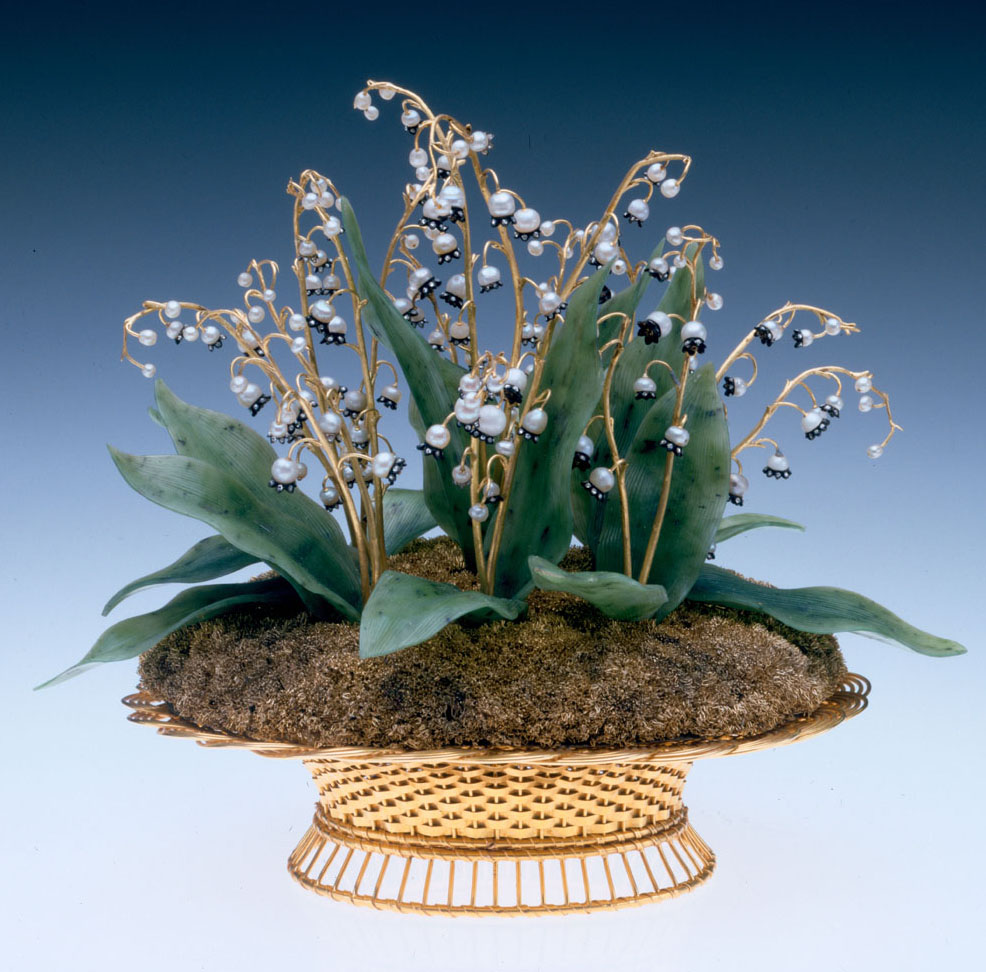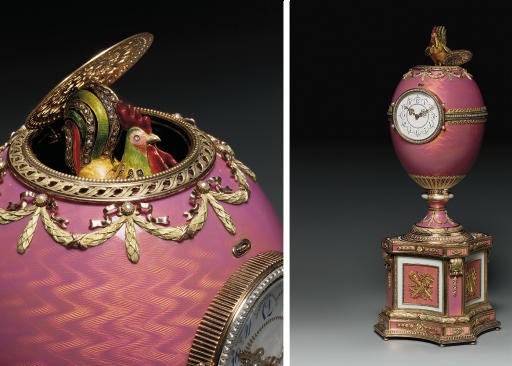
In a recent interview Alexander Ivanov, the prominent Russian businessman, discussed his decision to open the world’s first Fabergé museum not in Russia, as he had originally planned, but in the German resort town of Baden-Baden. Ivanov, who in 2007 paid the world record price of $17.7 million for a Fabergé egg made for the engagement of Baron Edouard de Rothschild, has 3,000 works in his collection by Fabergé. The value of the collection is estimated at $1.5 billion. The museum is set to open on May 9.
Ivanov’s announcement comes as the State Hermitage Museum’s plans for a Fabergé Museum in St. Petersburg have stalled, reportedly due to insufficient funding. One other Fabergé project for Russia also appears to be on hold: Russian billionaire Victor Vekselberg, who purchased the famed Malcolm Forbes collection of Fabergé in 2004, has delayed his plan for museums in St. Petersburg and Moscow that would show his own and other private collections.
In the meantime, there are already several places to see Fabergé masterworks in the United States:
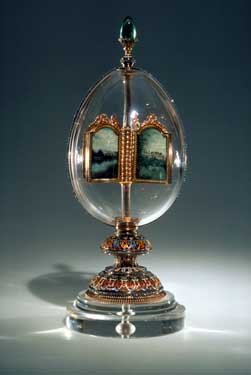
* The Virginia Museum of Fine Arts in Richmond, which holds the Lillian Thomas Pratt Collection of Russian art, owns five Imperial Easter Eggs—the largest public collection outside of Russia . Among its treasures is the 1896 Imperial Rock Crystal Easter Egg, presented to Czarina Alexandra Feodorovna in the year of the coronation of Nicolas II. This egg, made in two halves from rock crystal, encloses miniature paintings of royal residences, and is topped by a 26-carat Siberian cabochon emerald.
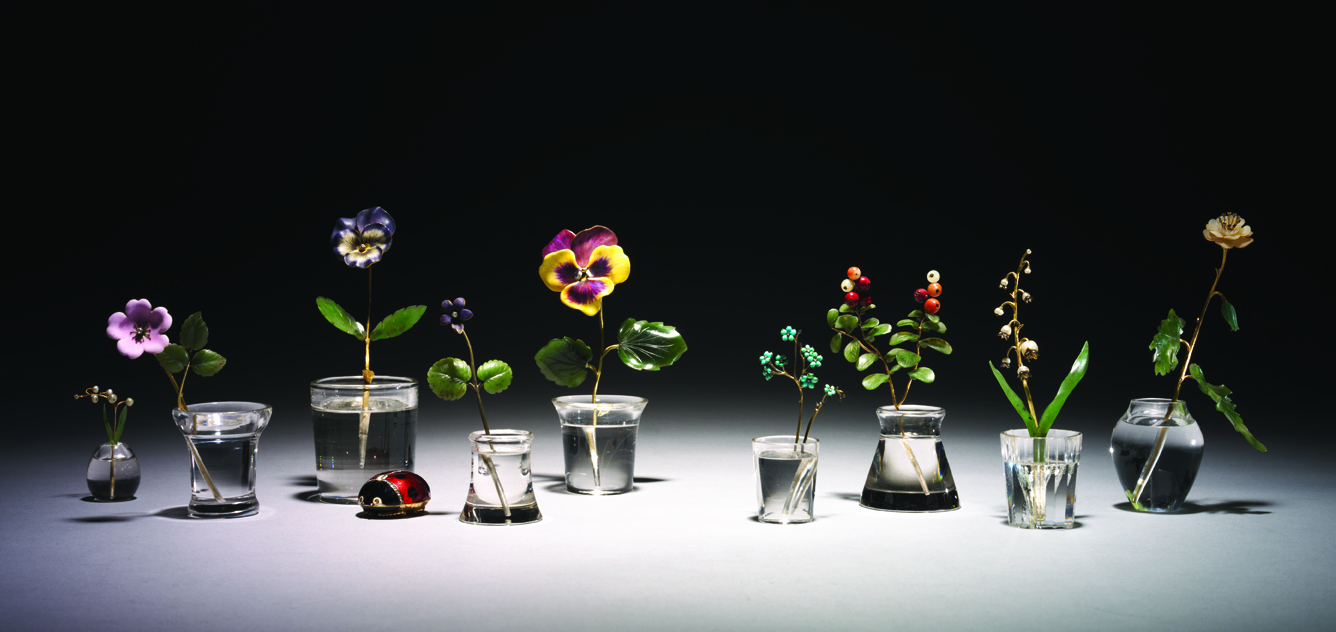
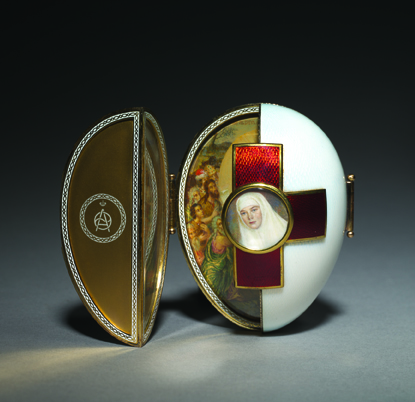
* The Cleveland Museum of Art, which recently organized the exhibition Artistic Luxury: Fabergé, Tiffany, and Lalique (on view until May 31 at the Legion of Honor, Fine Arts Museums of San Francisco, with its own notable Fabergé collection), is home to the India Early Marshall Fabergé collection which includes Imperial picture frames, clocks, miniature botanicals, and the Imperial Red Cross Easter Egg. This very distinctive egg, made for Czarina Alexandra Feodorovna in 1915, includes portrait miniatures of family members in Red Cross uniform.
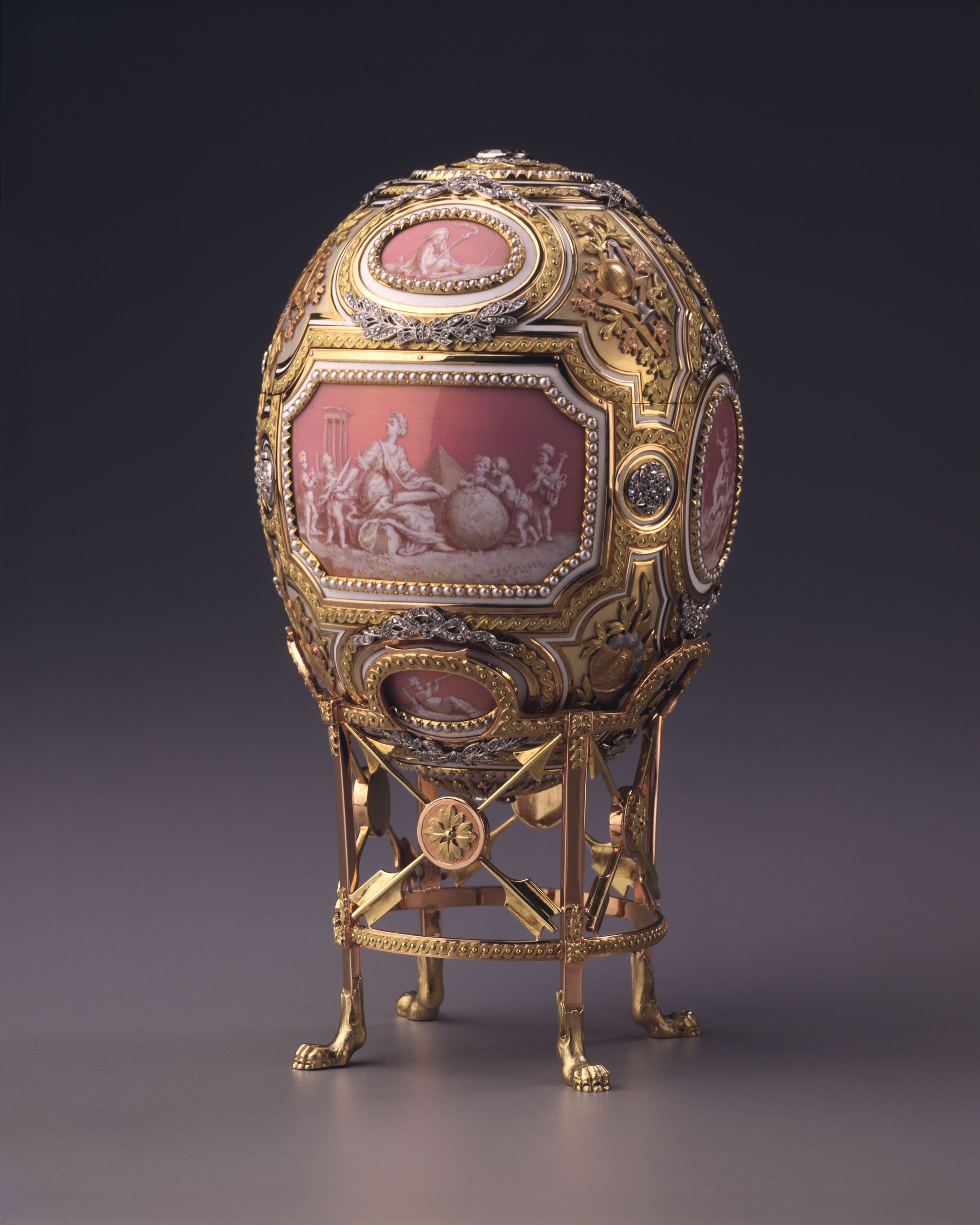
* Hillwood Estate, Museum & Gardens in Washington, DC, home to Marjorie Merriweather Post’s collection of Russian Imperial art, contains approximately 80 works by Fabergé including two Imperial Easter Eggs. Most notable is the 1914 Imperial Catherine the Great Easter Egg, decorated with scenes of arts and sciences after François Boucher—reflecting Post’s passion for French neoclassicism.
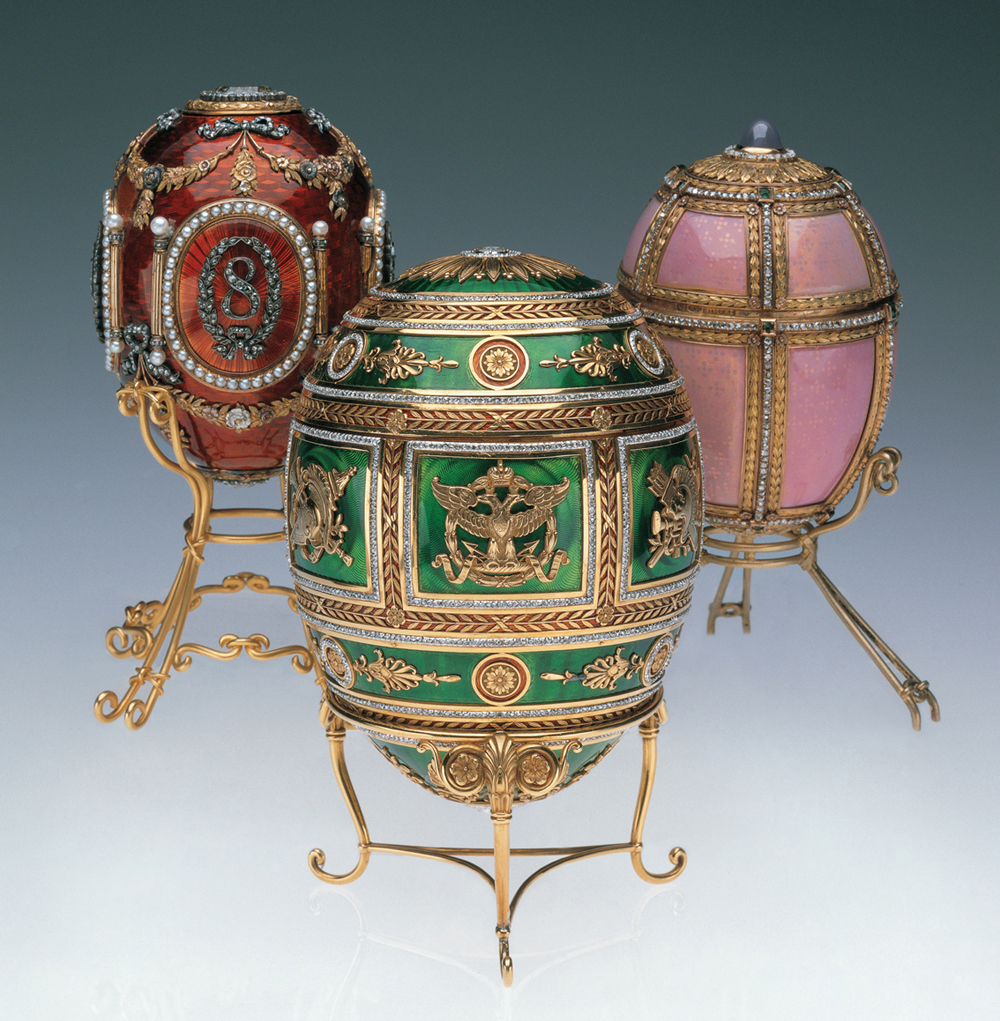
* Works from the Matilda Geddings Gray Foundation Collection, comprising 57 rare examples and three Imperial Easter Eggs, is on long-term display at Cheekwood’s Museum of Art in Nashville, Tennessee. Among the highlights is the Imperial Danish Palaces Easter Egg made in 1890, and a particularly rare collection of botanicals that includes the Imperial Lilies-of-the-Valley basket made for Czarina Alexandra Feodorovna in 1896.
